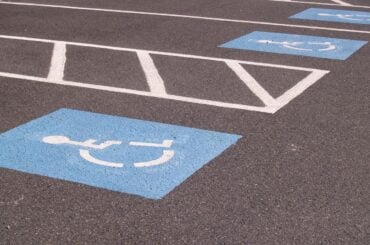During Black History Month and beyond, explore many different topics of Black history trivia for kids and families with this quiz! How much do you and your kids know about Black history, and what do you need to brush up on?
Black history is American history, and talking to kids about important trailblazers and milestones helps give them a deeper and more accurate understanding of how our country came to be. There’s always more to learn for kids and adults, so let the questions below give you some starting points for further research as a family.
Take the quiz: Black history trivia for kids and families
The questions get a little bit harder as you go, but don’t worry! We’ll give you more info and a little background on each question when you check your answers, so it’ll be a great chance for your family to learn together, too.
Also, check out these Black history scripts for parents:
- Script for teaching your kids about the Underground Railroad
- How to talk to kids about Juneteenth
- Script for talking to your kids about Jim Crow Laws
- Teach your kids about our history of segregation with this powerful image







